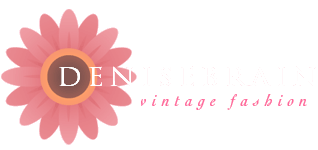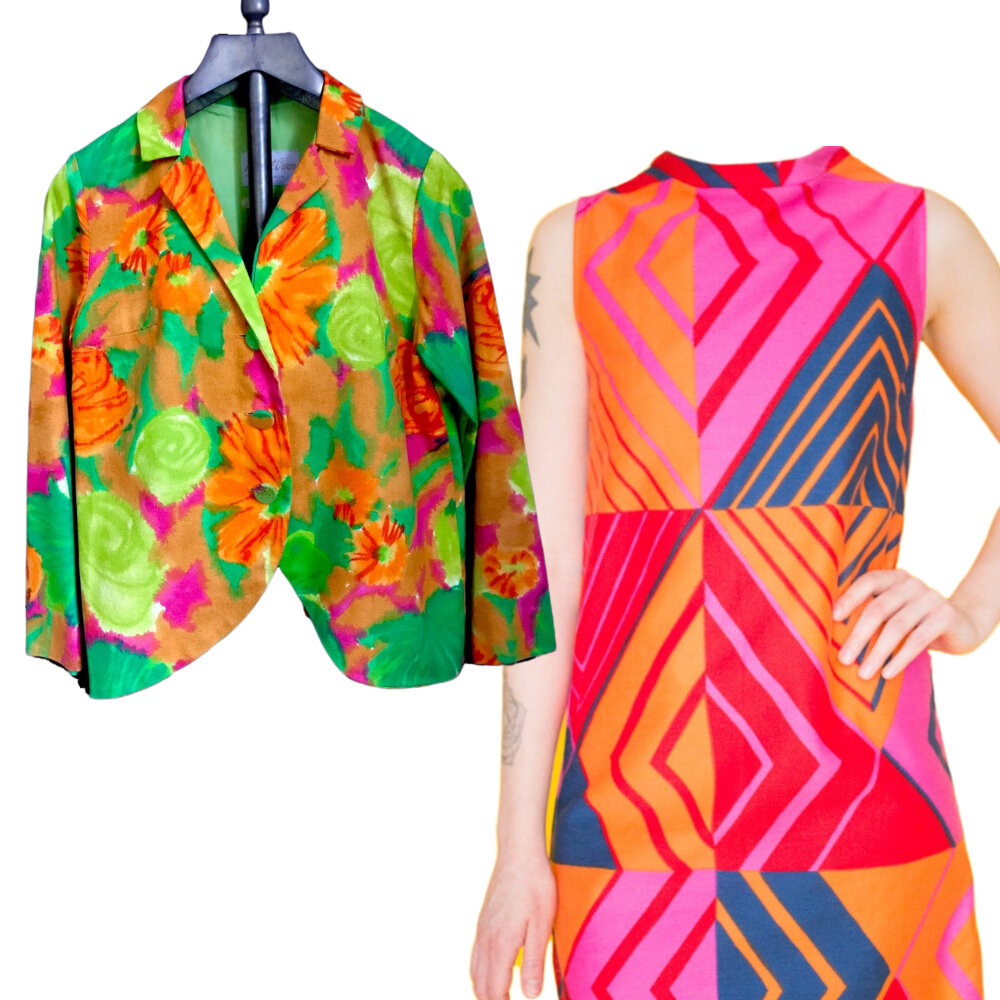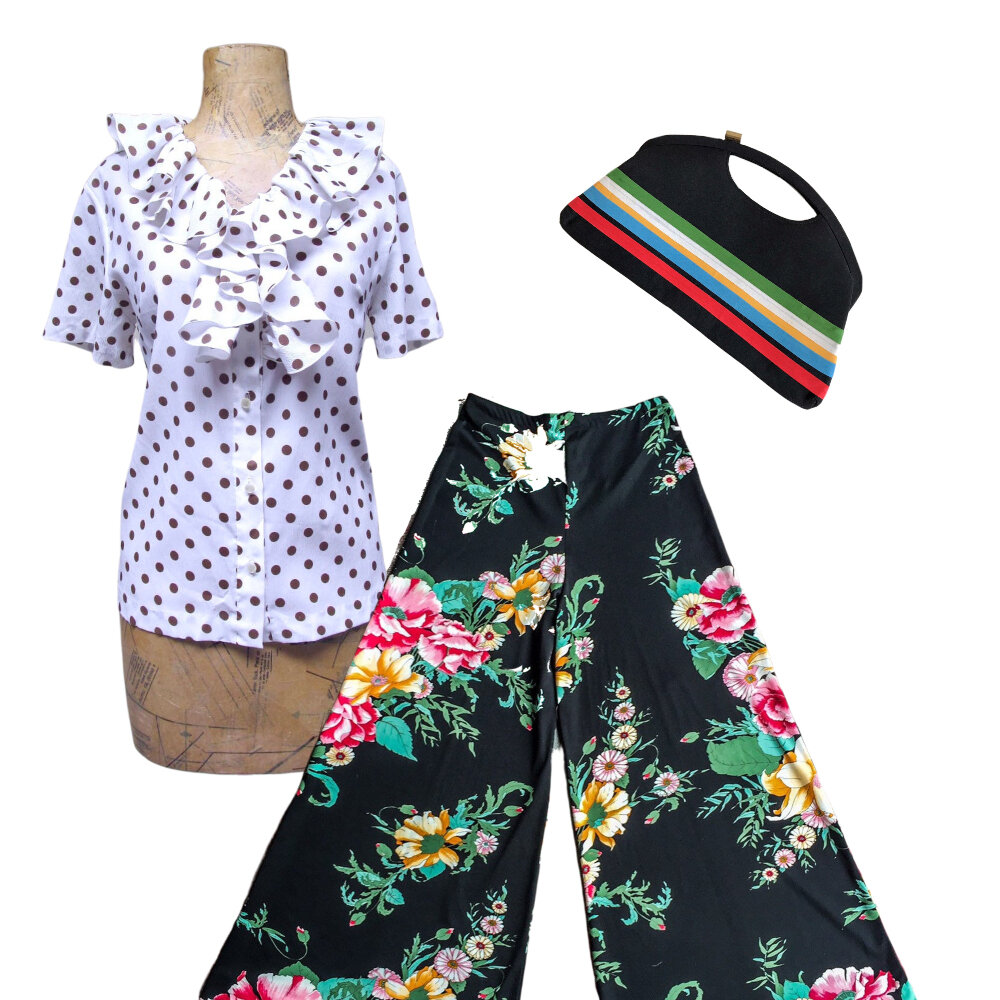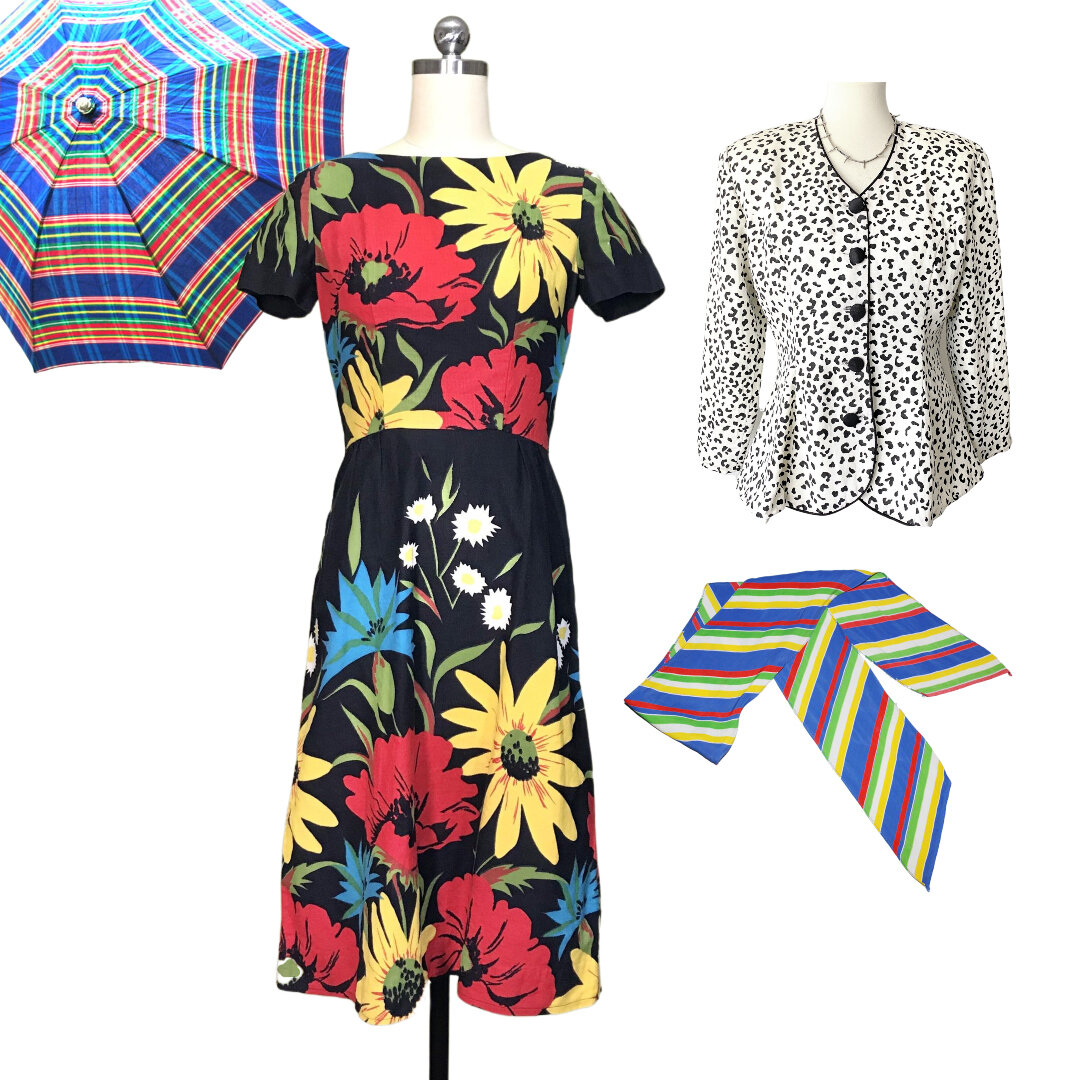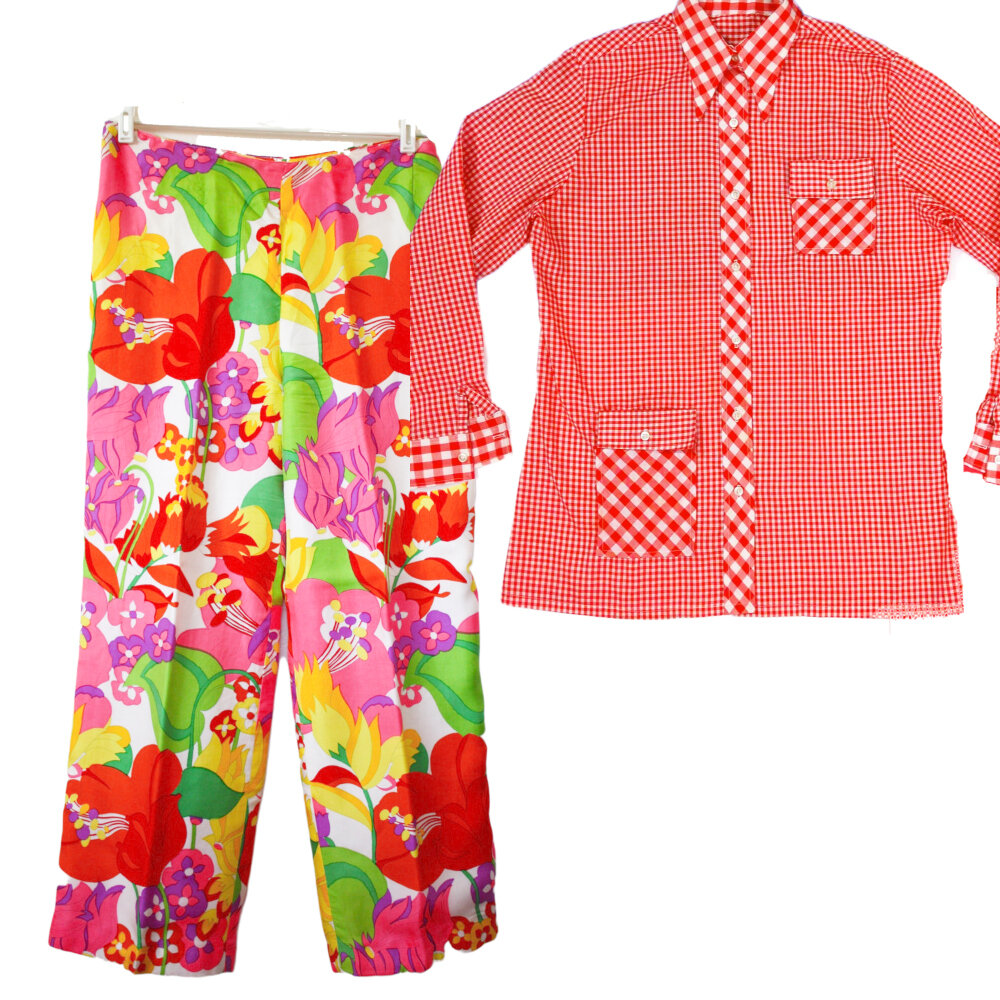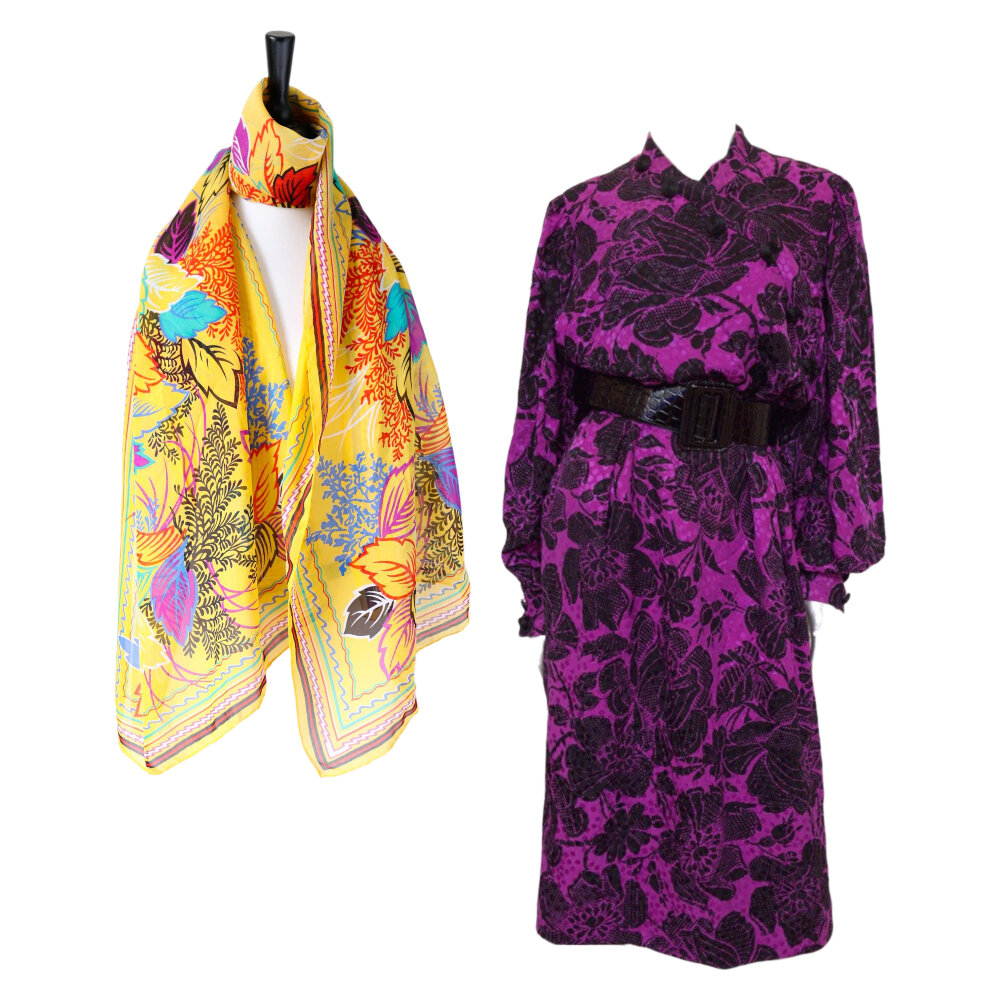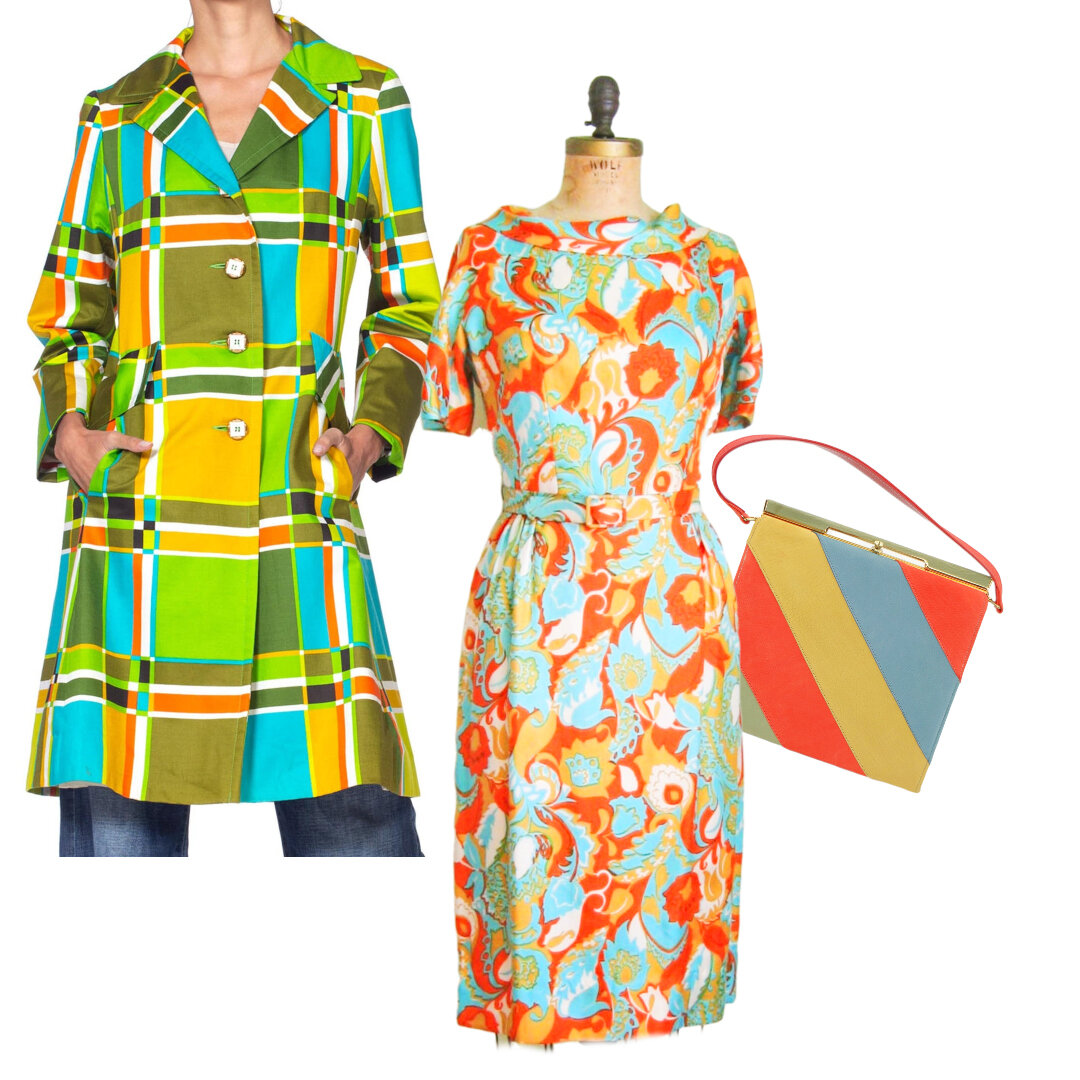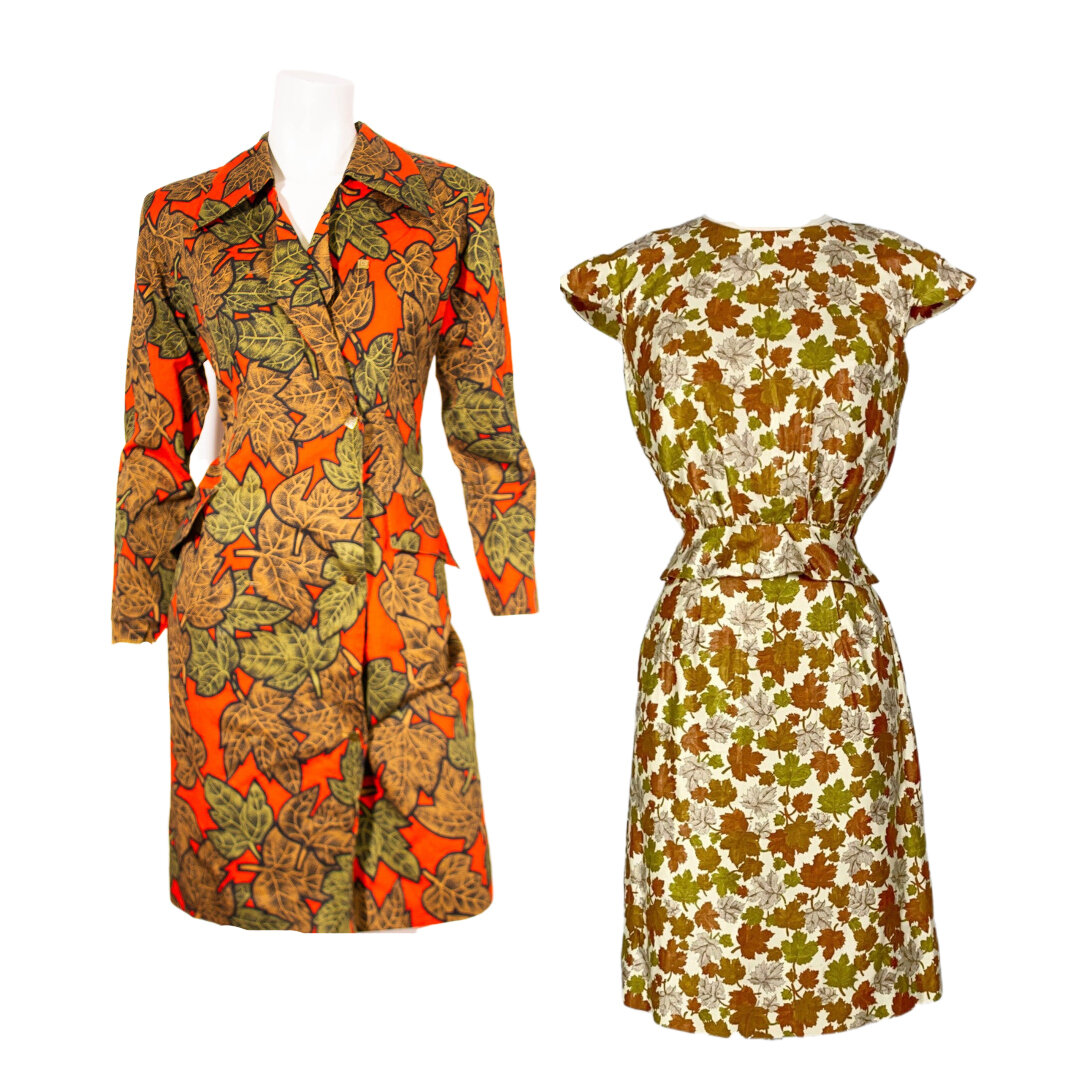The color brown. What does it say to you? Do you like to look at it? Do you like to wear it?
For the last several years, brown has been everywhere on runways and in style guides. Clearly the color is having a moment.
In a Vox article written by Shira Tarlo (“Why brown is so on trend in fashion and design”), the author caught the trend in its early stages (2021). Tarlo attributes brown’s ascendance to our interest in minimalism, sustainability and natural beauty. The color “has quietly come of age … It’s a blatant foil to the perky, bright, and highly saturated shades that seeped into the worlds of fashion, advertising, and decor in recent years. But after [years] in which widespread disease, death, and social inequities tormented the global consciousness, leaning into muted colors may have only felt fitting.”
Fuchsia just wouldn't feel right in these times, would it?
In Western cultures, to varying degrees, brown’s positive representations are the Earth and nature, groundedness and comfort, autumn, sophistication, dependability, warmth, safety, nurturing, sobriety and interconnectivity. (“Exploring the Deeper Meaning Behind the Color Brown”)
We have come to 2025 and Pantone’s highly anticipated Color of the Year: Mocha Mousse. Does it sound delicious? Yes. Comforting? Probably. Is it exciting? Not so much. But it doesn’t take effort to see it’s a time for comfort, not excitement. It’s a time for mocha mousse, and shades of brown in general. Grab a chocolate truffle or a cafe latte (better yet, both) and settle in.
One hundred years of brown in fashion
Many sources point to the 1970s as the most recent big hurrah for brown, with the back-to-nature movement in full bloom. Still, I remember other eras and their unique takes on brown. I decided to crack open a few of my fashion history books and review the vintage clothing and accessories I have offered in shades of brown to try to spot some trends through time.
If I had to very briefly summarize the use of the color in each decade from the 1920s through the 1990s, I'd go with:
1920s: Punctuated by other colors and embellishments
1930s: Enlivened with metallic threads, sequins and beading
1940s: Used with purposeful seriousness
1950s: Incorporated with chic sophistication
1960s: Used to symbolize luxury—then earthiness
1970s: Lead the back-to-earth color movement
1980s: Reminded us of the 1940s and ’50s
1990s: Served as an alternate neutral
The 1920s and ’30s saw brown used as a casual, staple color, but it was most often paired with vibrant hues and elaborate embellishments for dressy occasions. Then the 1940s brought a seriousness to women’s clothing, as many women took to manufacturing jobs previously held by the men who had gone to war. Not only were somber colors (black, gray, maroon and navy, as well as brown) common, but it was a heyday for masculine influences in women’s fashion.
With the renaissance of fashionability in the 1950s, there were many sophisticated color palettes involving brown. Brown plaids incorporated thin, bright-colored lines; fabric was printed in unprecedented color combinations including brown; and lustrous silks in brown shades ranging from near black to umber and cedar showcased brown’s elegance. Global influences incorporated into Western fashion introduced the browns of Hawaiian tapa, Indonesian batik and tooled leather from Mexico.
In the late 1960s, luxury designer fashion in dark brown did its best to reflect back-to-the-earth hippies and bohemians. Saint Laurent certainly embraced brown and straddled the range of styles in that era. Well into the 1970s, the inspiration was earthy and grounded; the materials were wood, leather, suede and undyed natural fabrics.
Among other trends, the 1980s saw a yen for a return to high fashion, and this often took the form of 1940s and ’50s retro styles in many of the same shades as those used in prior decades. In the ’90s, black ruled, but one could be excused for wearing the occasional neutral dark brown.
Brown looks good with hair, eye and skin colors
No, not all browns look good with all colors, but I believe there is a good brown for every person. If you look good in cool colors (red, royal and emerald), try an espresso brown; if you look good in shades like olive green and terra cotta, try caramel brown. Hats and other accessories once made these color choices brilliantly obvious. (More on this in a moment.)
Brown when brown wasn’t enough
While in some eras the natural look of brown was touted, there were times when embellished brown was clearly the ideal. Iridescent taffeta, metallic threads, spectacular buttons, beading, braid… Here are some examples of brown getting a boost from extra ingredients during the late 1940s through the 1950s.
Some brown thematics
The most obvious association we make with brown is autumn, including colors and prints.
Related is the proverbial last rose of summer. Usually these flowers are still blooming but are rendered in brown shades to imply the season’s end.
Brown also seems to have been at home in modernist prints, echoing natural elements in mid-century interior design.
As for any color, dots lighten the mood of brown.
Illustrating natural themes is one of brown’s strongest suits.
Color combinations with brown
Cream with brown is a tried-and-true pairing.
The combination of brown and black offers a timeless elegance, perfect for creating sophisticated looks.
As we know from color theory, brown is uniquely blendable from various combinations of hues, leading to an extraordinary range of brown shades, and versatility in its ability to pair with colors from subtle to bright. Blues might not seem an obvious choice, but turquoise appears to be a brilliant shade with warm and dark browns.
Then there is magenta—the perfect punctuation to a neutral brown.
With its natural connection, green is a must. I love grass green with any brown, and lighter greens, like peridot and chartreuse, are also wonderful.
A bit less common are browns with pastel shades from pale yellow and pink to baby blue and lavender.
Great materials for brown
There are so many obvious material choices for the color brown. It is a natural in straw, cork, wood, leather and suede; makes perfect sense in faux fur and is sumptuous in velvet. Tweed lets the color get lively with specks of other shades. I also love it in luminous vintage plastics—so often in a shade described as “root beer.” Here’s another choice, and it might surprise you: lace. That it is not expected heightens its allure. The same could be said for satin in brown.
Everyone has a good brown
Do you remember those color seasons, such as cool winter and warm autumn? If you're curious, there are many webpages that help you find your season.
Autumns are shoo-ins for a range of browns, but take a close look and you will see some sort of brown in each group. Its ability to complement a diverse range of skin tones makes it an inclusive choice.
I’m down with brown
As a vintage fashion dealer, I see firsthand how this hue can beautifully complement a myriad of styles and tonal palettes. In a time marked by a yearning for authenticity and sustainability, brown represents a genuine comfort. Let’s honor the depth and versatility of this hue, embracing its ability to connect us to the past while making a bold statement in the present.
Is there a best brown for you to wear? Do any eras’ uses of brown inspire you most?
